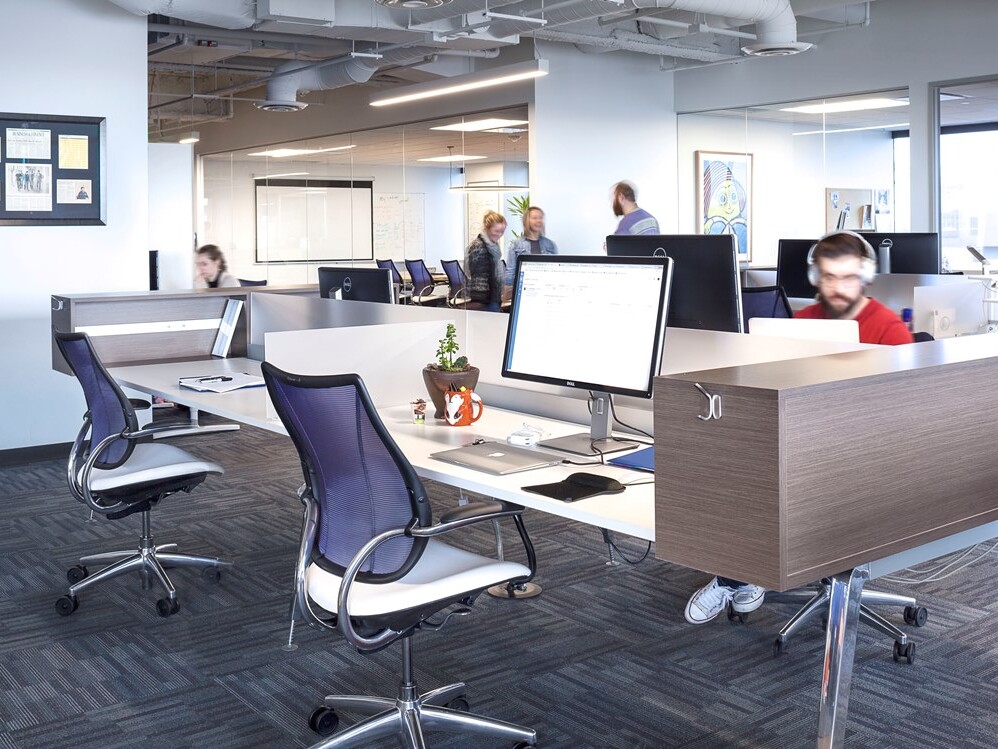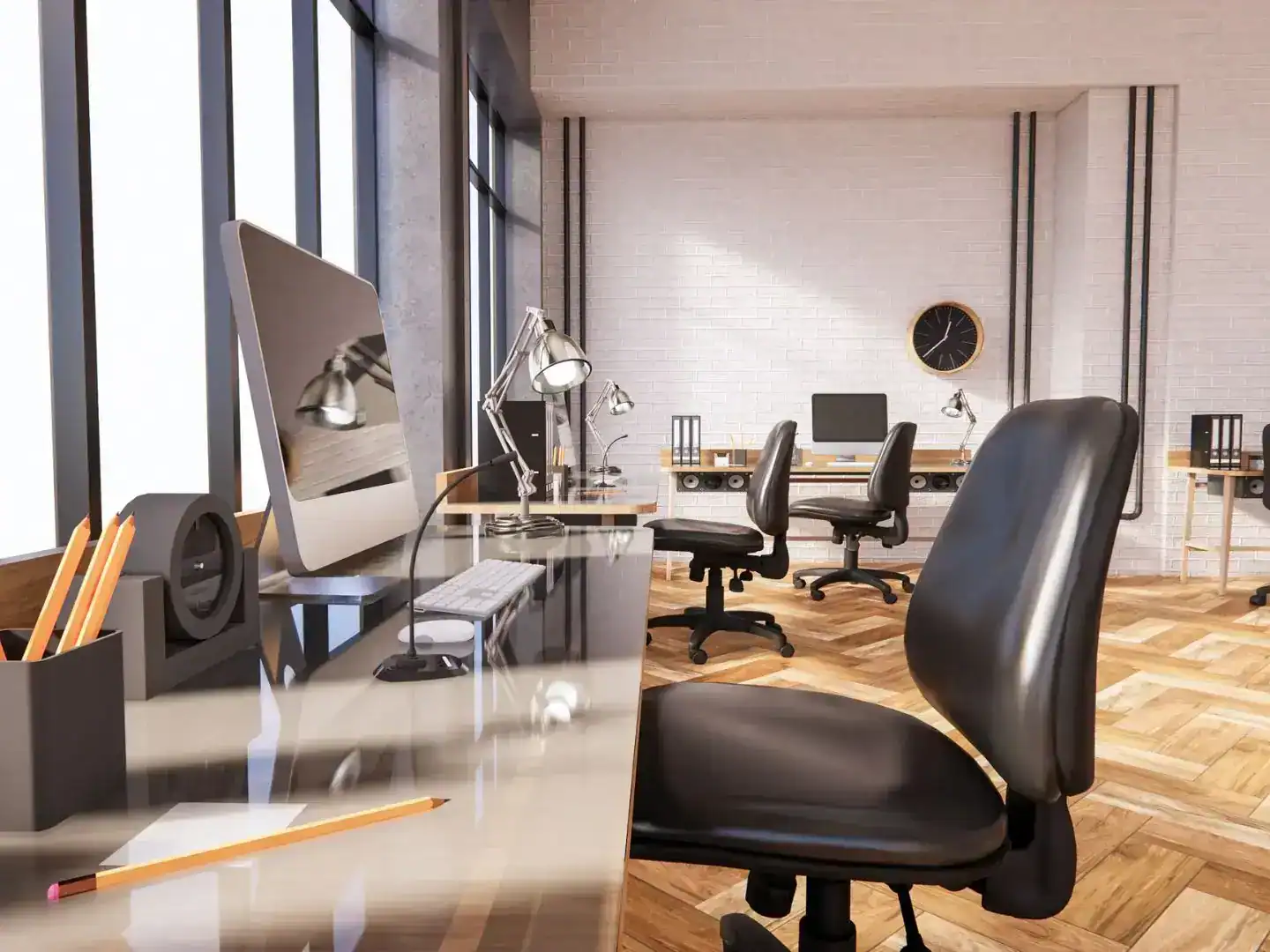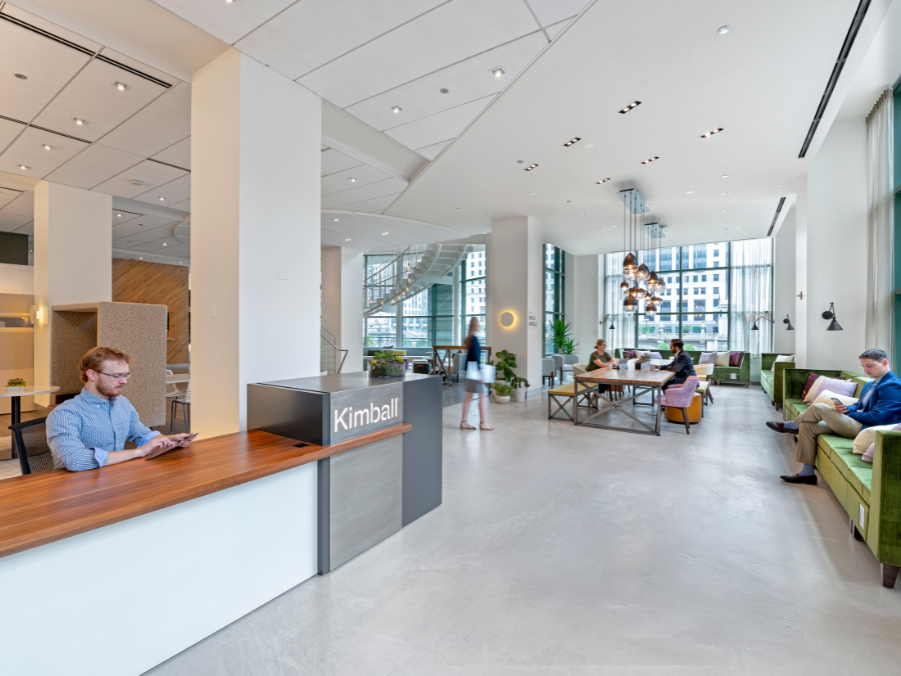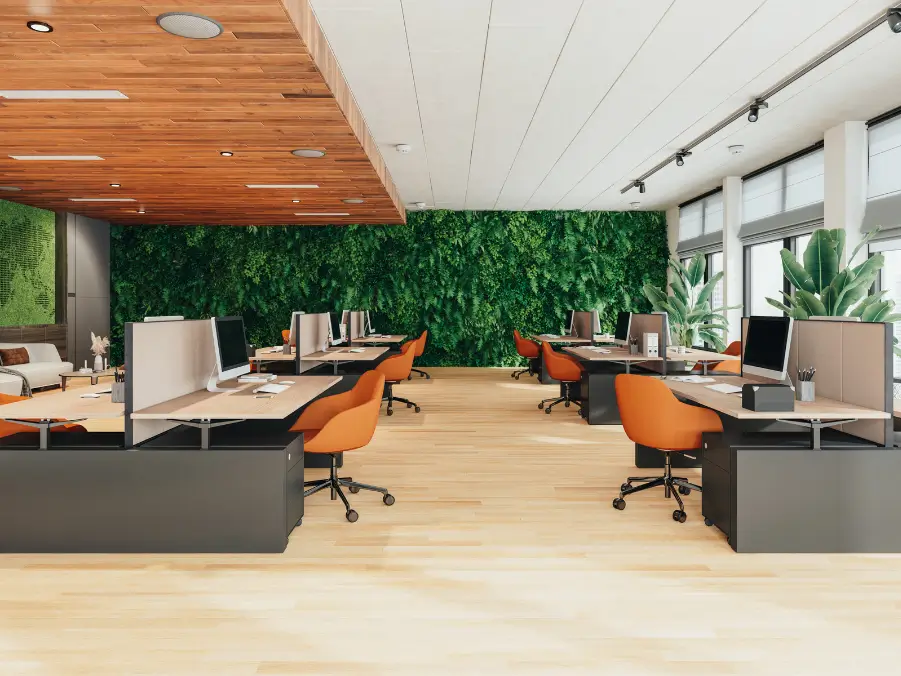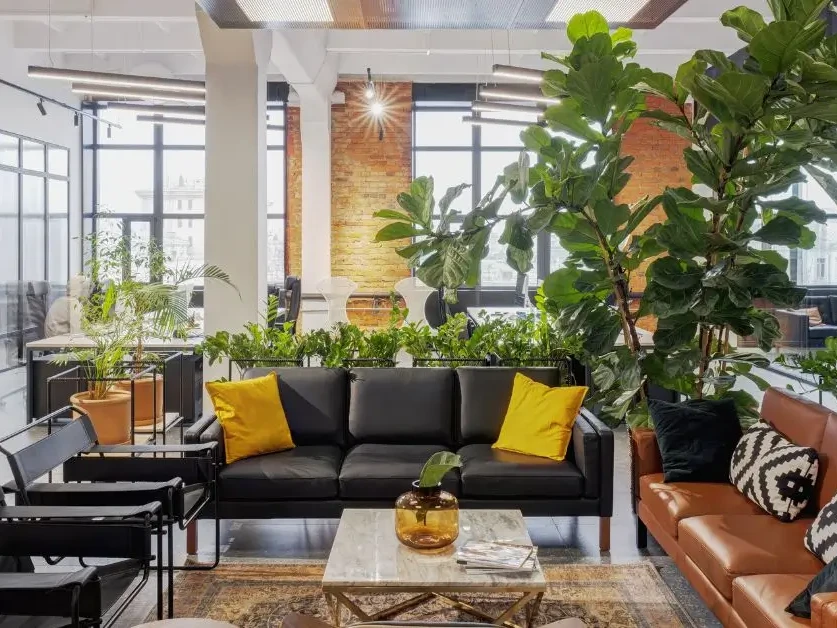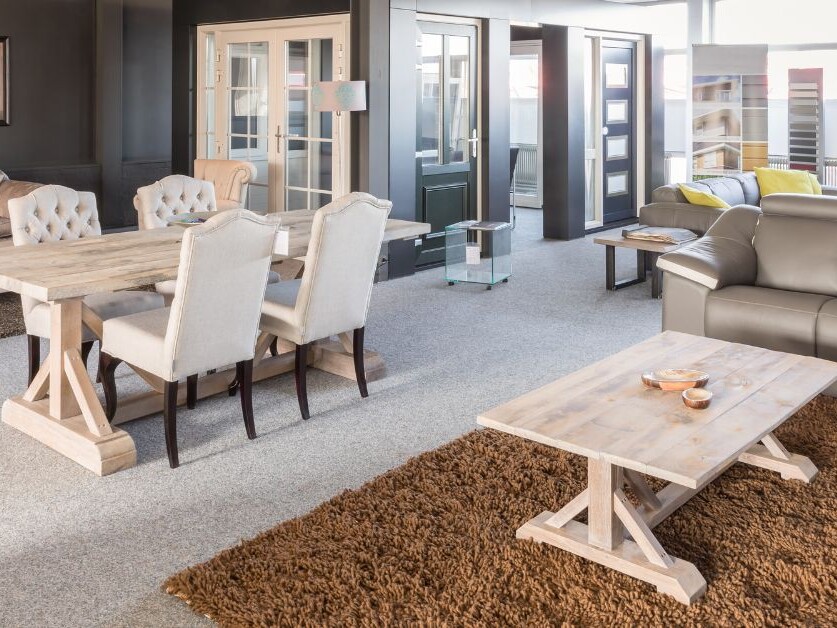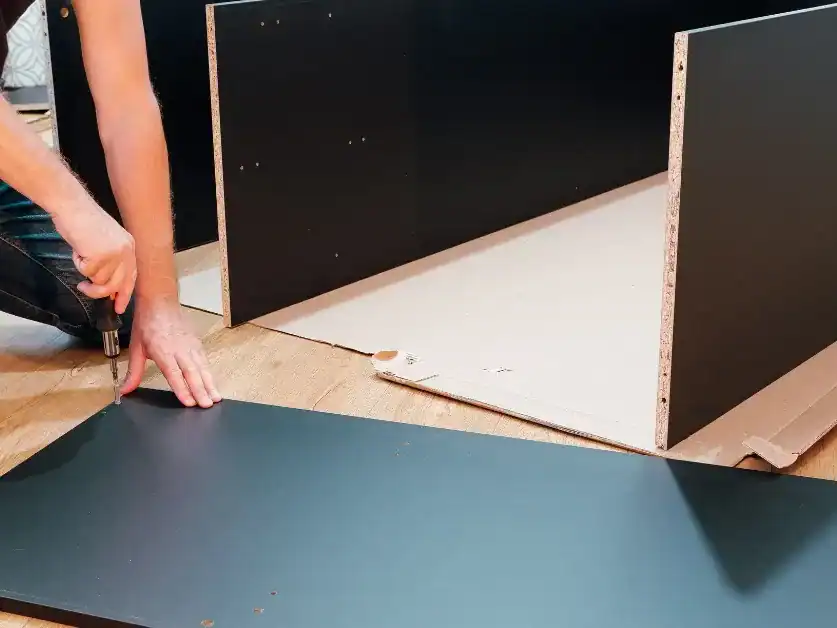As office trends have moved toward open spaces optimized for collaboration and technology, so too has classroom design. Gone are the days when students sit in row after row facing the whiteboard. Now, classrooms are evolving to fit the needs of their students beyond how and what they’re taught. Here are some of the benefits of redesigning your classroom to make it more open.
Get students engaged
The greatest challenge for any educator is getting students engaged and maintaining that energy. That task is almost impossible when students feel like a number instead of an individual. An engaged class increases student performance and retention rates, which has been a struggle in education for years. That struggle is in part due to stagnation of classroom design. A student will not feel engaged if she’s relegated to a back corner and has no built-in opportunities to engage with classmates or the teacher. A flexible learning space, however, gives students the opportunity to become a more active part of their education.
Encourage collaboration
Passing notes back and forth isn’t a meaningful type of collaboration. The conversations students have in the classroom is just as important as what they’re learning, because it helps them develop the tools to communicate more effectively. Situating the class in static rows discourages productive conversations and encourages side chatter. However, if students are grouped in order to facilitate meaningful collaboration, they demonstrate increased proficiencyin the following real-word skills: oral communication, self-management, leadership, and personal responsibility. Designing a classroom that encourages these behaviors creates a better dynamic for students and educators with more positive educational outcomes.
Innovate
Schools struggle to keep up with technological advances, but changes in how classrooms are designed creates space for innovative uses for technology. Grouping tables together lets students design apps on their tablets, while smartboard technology gives students the opportunity to be teachers themselves. In much the same way an open office plan encourages collaboration, an open classroom plan with designated tech areas encourages students to explore in some spaces and leave their phones behind in others. Having an open classroom design puts teachers in control of technology, instead of letting technology control the classroom.
Give students more freedom
One of the best aspects of this new design trend is the opportunity it gives students to take charge of their experience. Assigned alphabetical seating can be droll and ineffective, but letting students sit in collaborative groups or rearrange for certain activities allows them to become more active participants in their education. A student with more self-control in the classroom is a student who performs better.
There are many ways to redesign a classroom to encourage collaboration and foster better learning and behavioral outcomes. If you or your school is looking to embrace this trend,contact us to learn how we can help.
